
Evans Waterless Coolant Upgrade
Mark Simpson & Bob WilsonAn engine cooling system without water seems like science fiction, but the folks at Evans Cooling are rethinking the way cooling systems work. Water can be a good and evil component in any engine’s cooling system. While it does provide the necessary cooling our engines need its corrosive properties rusts our water jackets, clogs our heater cores and destroys our water pumps. It’s narrow temperature range makes it prone to freezing and boiling, and steam pockets inside the engine can leave hot spots that can contribute to engine failure. Join Mark Simpson and Bob Wilson of RJ Restorations in Farmington, MN as they convert a ’69 Mustang Mach 1 to Evans Waterless Coolant and explore the challenges of purging ALL water from the system as well as real benefits of this conversion.
Share tips, start a discussion or ask one of our experts or other students a question.
Already a member? Sign in
4 Responses to “Evans Waterless Coolant Upgrade”
Premium Membership
Unlock exclusive member content from our industry experts.
- 24/7 Access to Premium Videos, Tips, and Techniques
- Step-by-Step Instructional Demos, Guides, and Tutorials
- 50% Off Video Downloads Purchased in the Classic Car Restoration Shop
- Access to Ask the Expert Program
Unlock exclusive member content from our industry experts.
- 24/7 Access to Premium Videos, Tips, and Techniques
- Step-by-Step Instructional Demos, Guides, and Tutorials
- 2 Full-Length Video Downloads to Watch Offline
- 50% Off Video Downloads Purchased in the Classic Car Restoration Shop
- Access to Ask the Expert Program
Gold Membership
$304 Value
Get everything included in Premium plus exclusive Gold Membership benefits.
- 24/7 Access to Premium Videos, Tips, and Techniques
- Step-by-Step Instructional Demos, Guides, and Tutorials
- 10 Full-Length Video Downloads, added to your account, to Watch Offline
- ‘Wheel Bolt Circle’ Downloadable Guide, added to your account
- Discounts on Purchase-to-Own Content in the Classic Car Restoration Club Shop
- Access to Ask the Expert Program
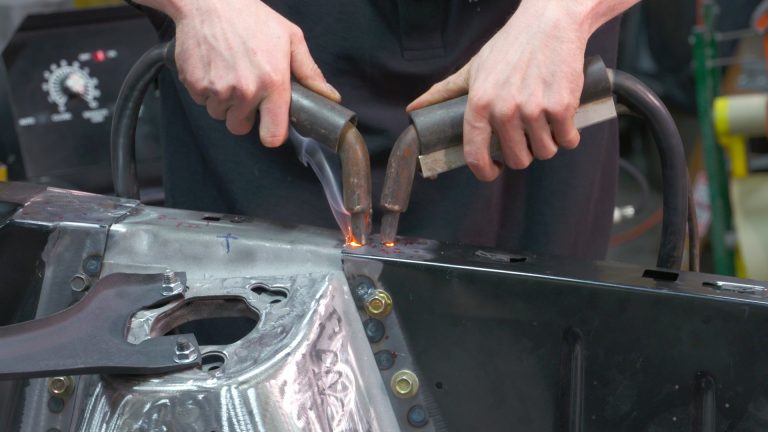
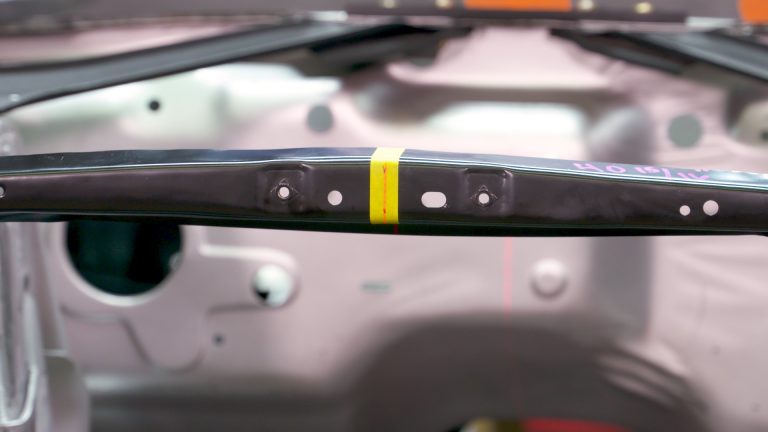
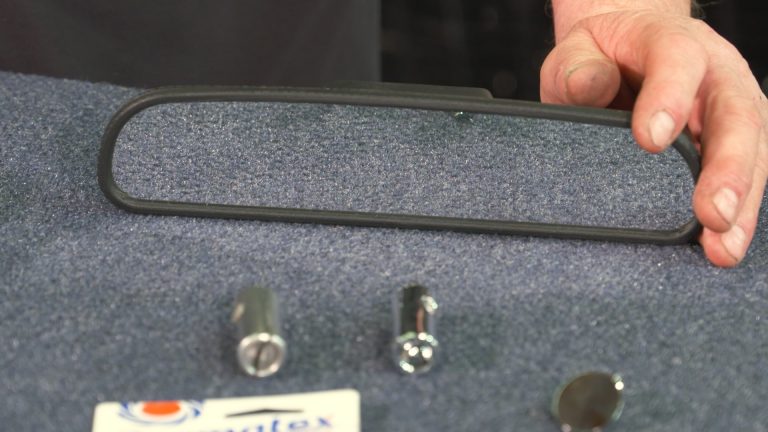
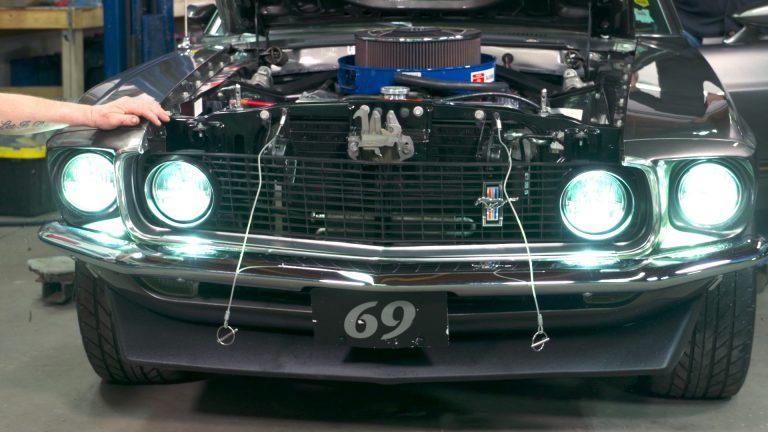
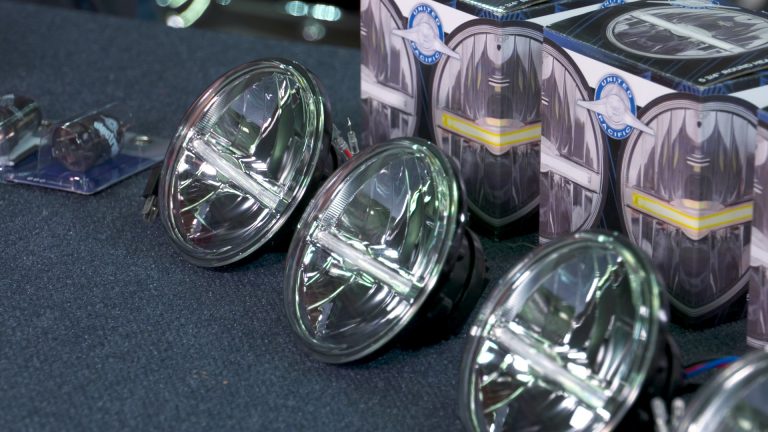
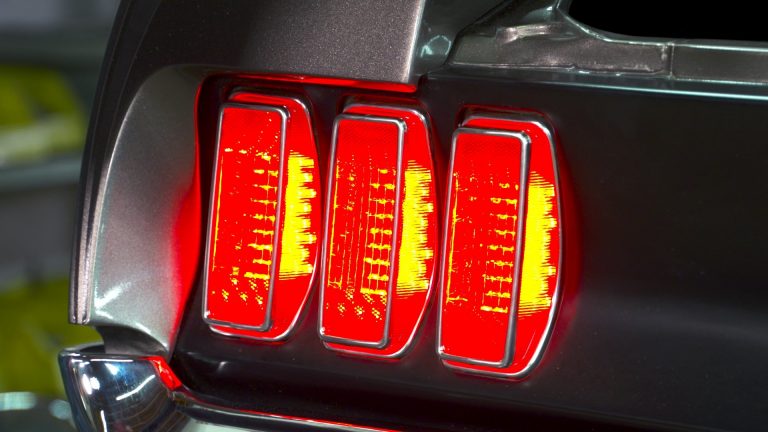
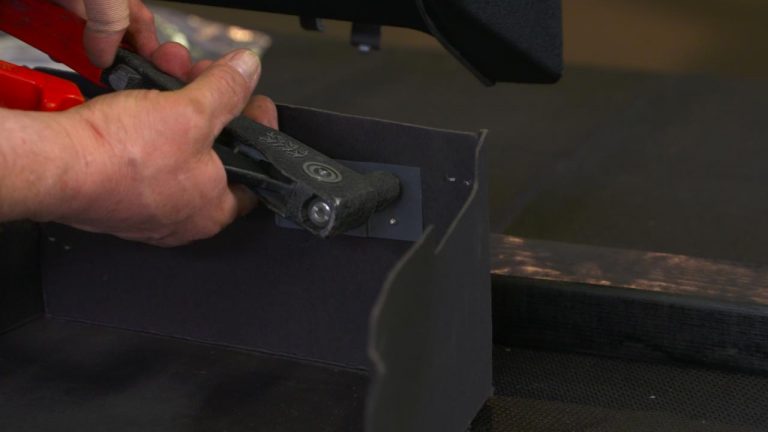
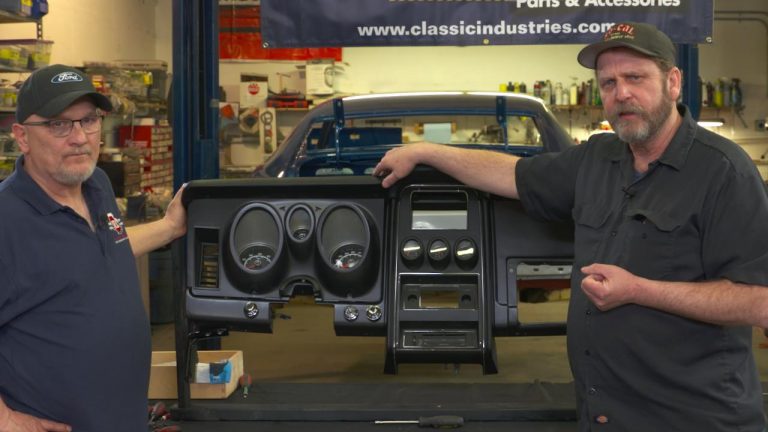
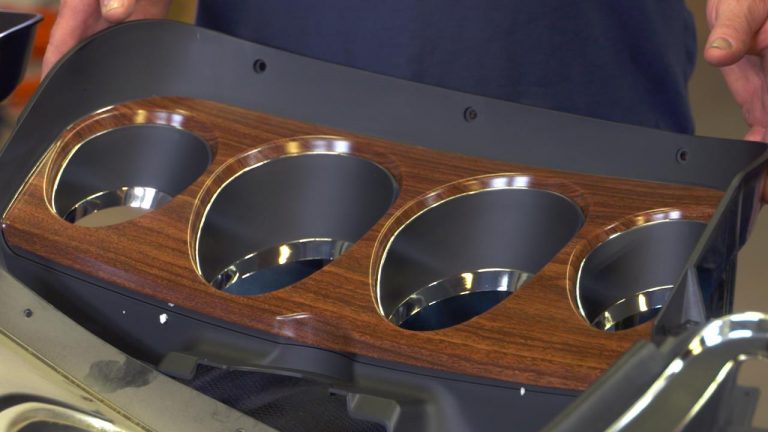
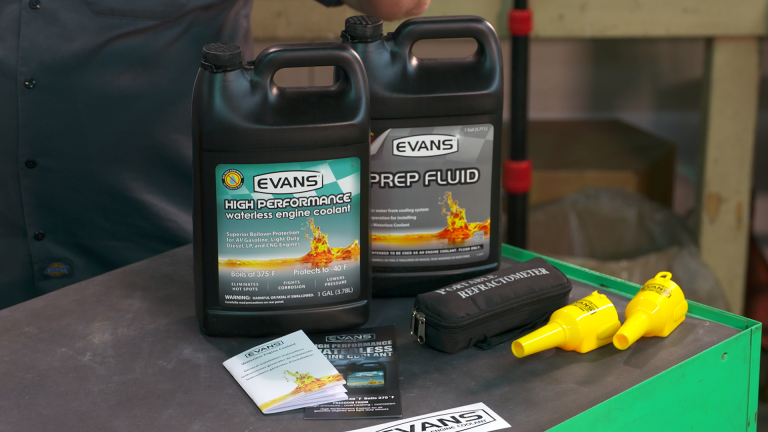
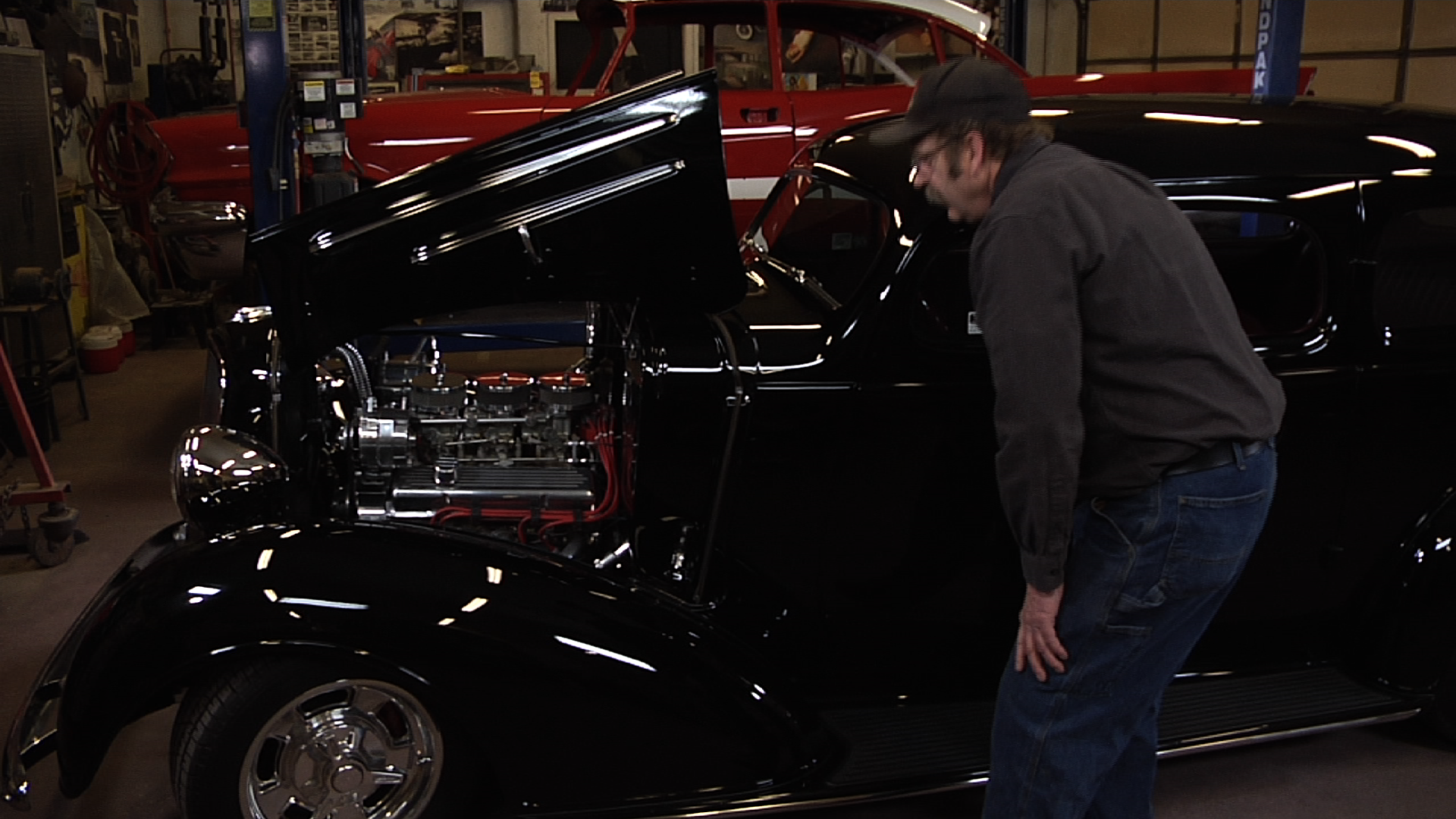
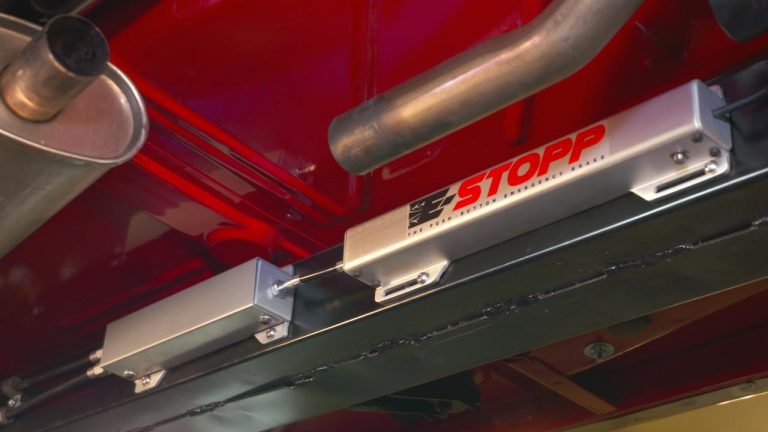
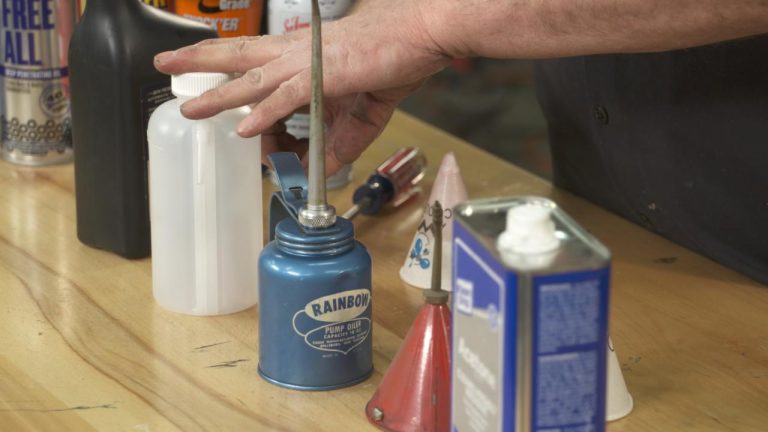
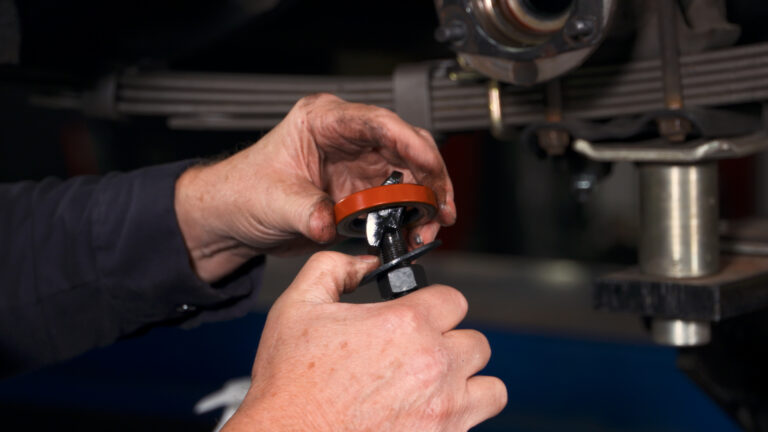
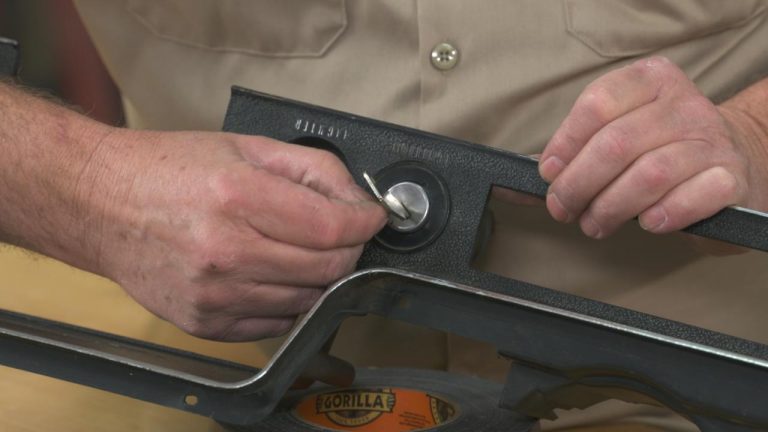
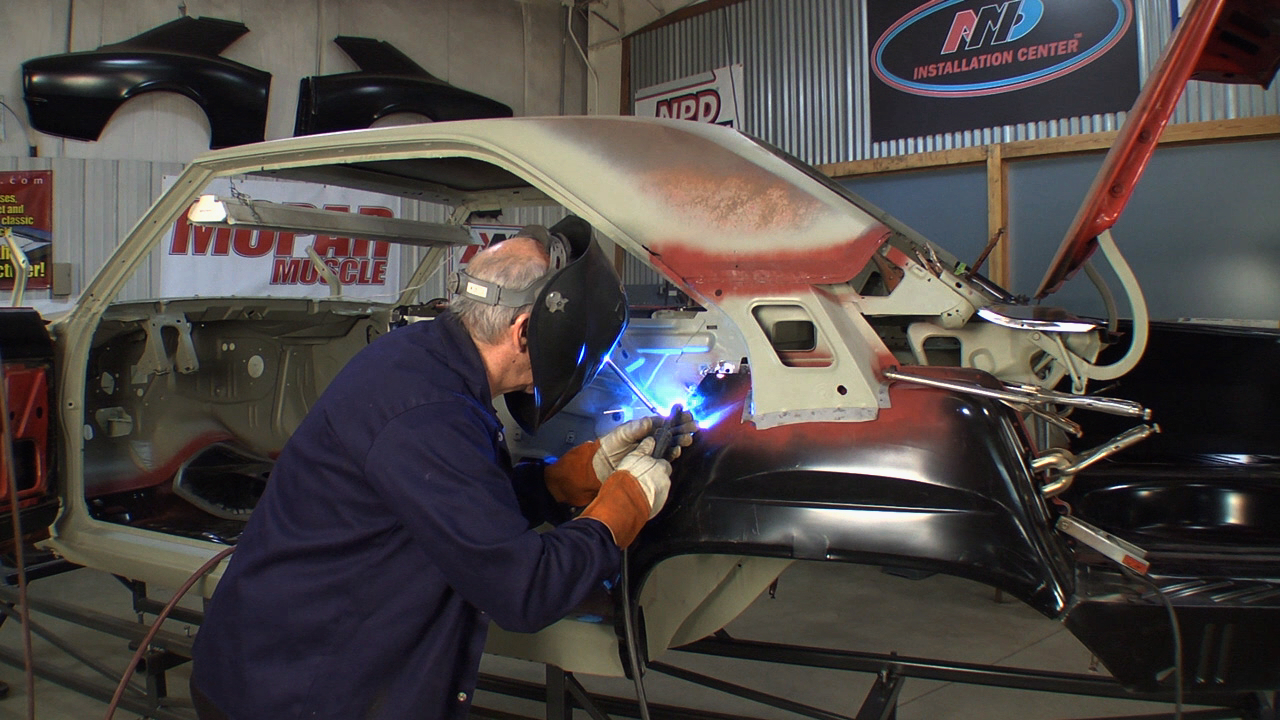
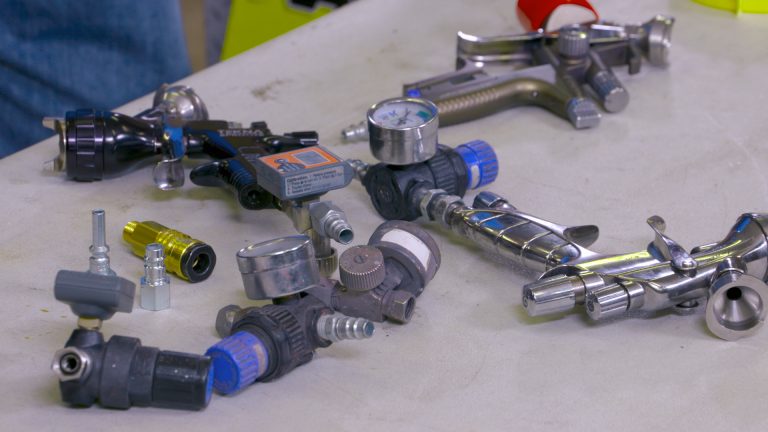
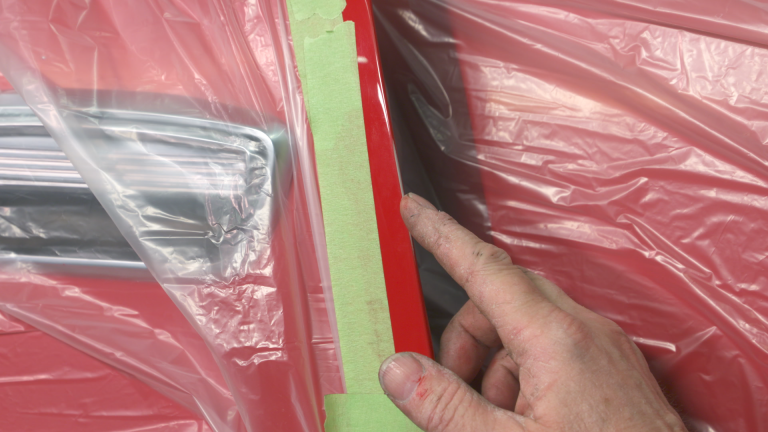
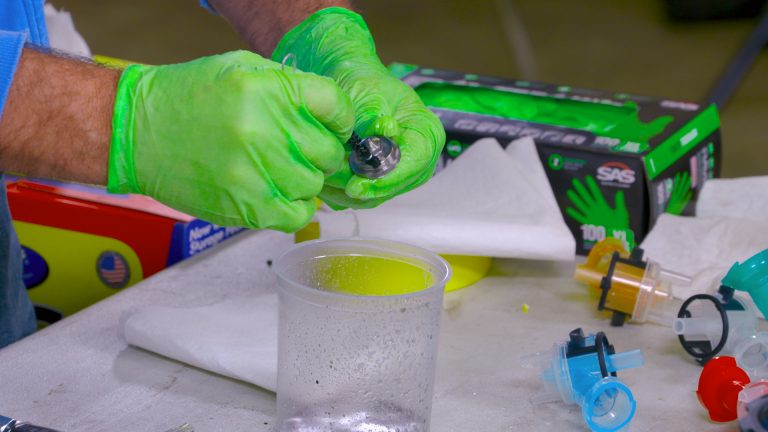
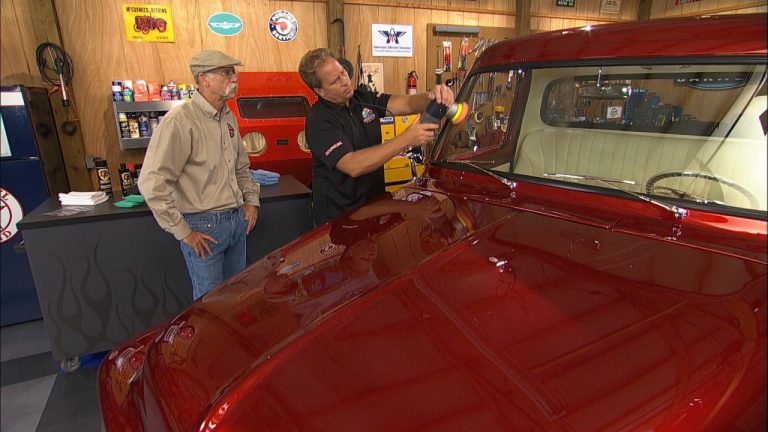

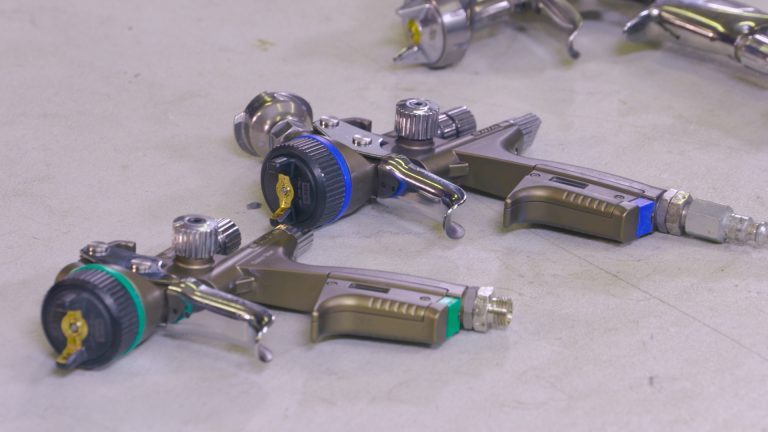
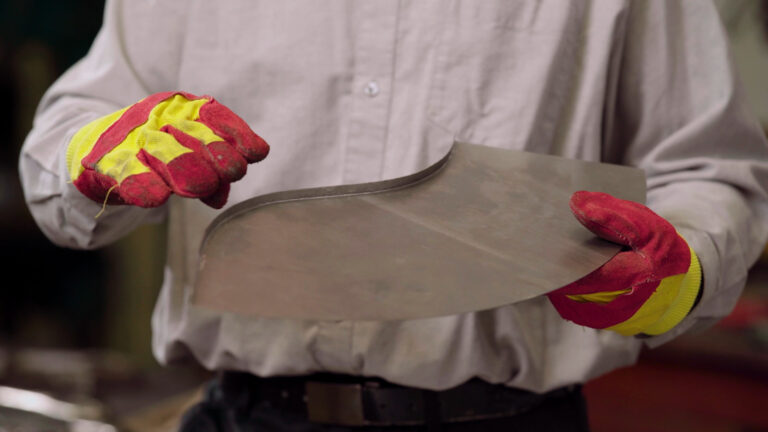
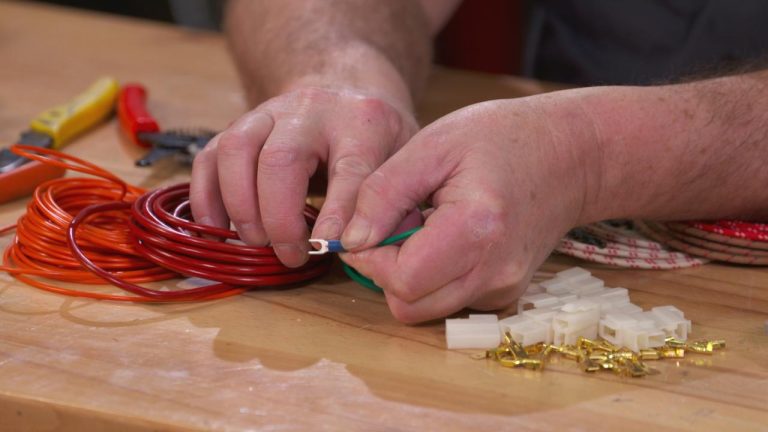
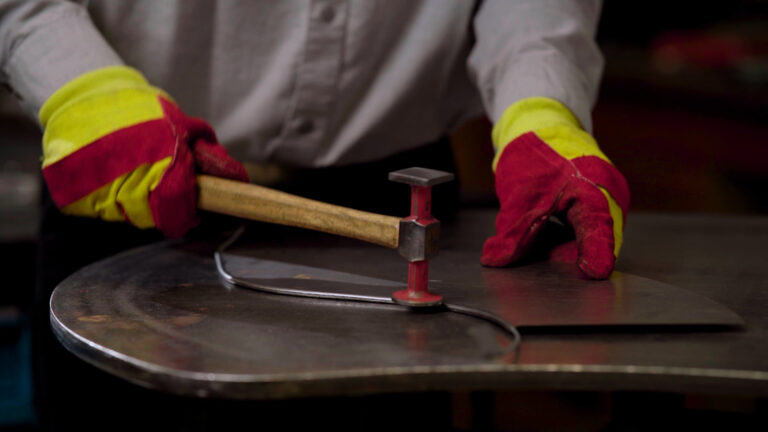
I have two antique cars made in 1929 & 1931. They have non pressurized cooling systems, would this product provide any real benefit for these systems?
Hello! This looks awesome for my '72 Pontiac, especially since I just got my radiator re-cored. If I don't have a compressor, could I run the engine up to temp, turn on the heater, and flush out the heater core that way? (My car has A/C.) Thanks!
Water is a very efficient fluid for heat transfer. How does Evans compare to water or water and antifreeze in heat transfer efficiency?
How do you know that after using the PRE Fluid that all of the water is out of the cooling system?